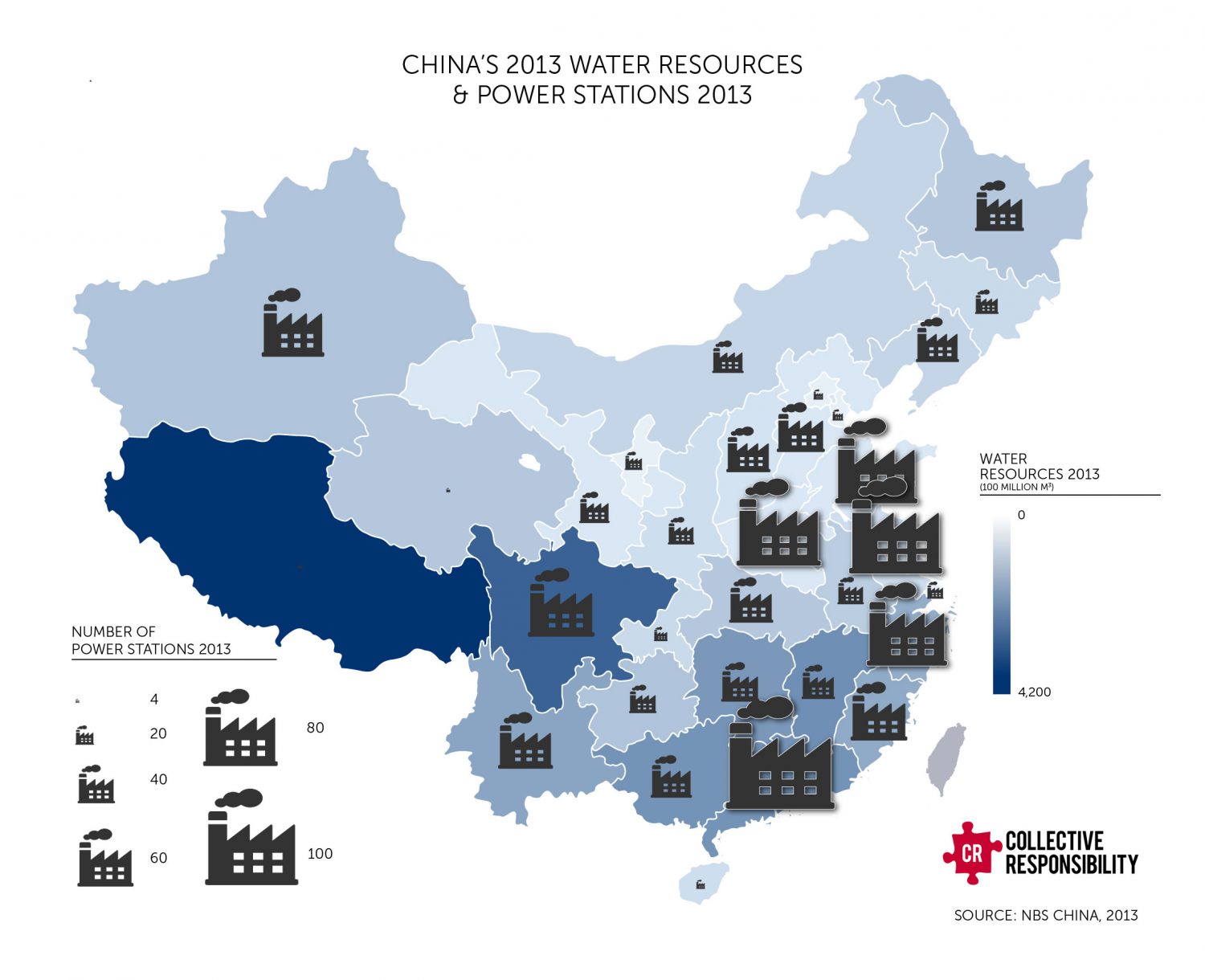How China's Export-Led Growth Increases Tariff Risks

Table of Contents
The Mechanics of China's Export-Oriented Economy and its Inherent Vulnerabilities
China's export-oriented economy is characterized by a vast manufacturing sector integrated into global supply chains. Key industries like electronics, textiles, and machinery contribute significantly to its export performance. This concentration in specific sectors, while driving impressive growth, creates inherent vulnerabilities. The reliance on manufacturing exports makes China susceptible to fluctuations in global demand and protectionist measures such as tariffs.
Over-reliance on Specific Trading Partners
China's export market isn't evenly distributed. Significant portions of its exports are destined for specific countries, creating a concentration risk. This over-dependence on particular trading partners, such as the United States and European Union, increases its vulnerability to trade disputes and geopolitical shifts.
- Reduced bargaining power: Concentration limits China’s ability to negotiate favorable trade terms.
- Increased susceptibility to sanctions: A reliance on a few key markets makes it more susceptible to targeted trade sanctions.
- Limited resilience to market shocks: Economic downturns in major export markets directly impact Chinese growth.
Addressing this requires aggressive trade diversification, exploring new markets, and cultivating stronger relationships with diverse trading partners. This is crucial for enhancing export market resilience and reducing reliance on any single economic bloc.
The Role of Foreign Direct Investment (FDI)
Foreign Direct Investment (FDI) plays a vital role in fueling China's export capacity. Multinational corporations establish manufacturing facilities in China, leveraging its low labor costs and access to a large market. However, rising tariffs can significantly impact FDI flows. Uncertainty about future trade policies may deter investors, hindering future export growth and potentially leading to capital flight.
- Tariff uncertainty discourages investment: Companies may hesitate to invest in expanding production capacity in China due to the threat of tariffs.
- Supply chain disruptions: Tariffs can disrupt global supply chains, impacting production and export capabilities.
- Shifting investment priorities: Companies might shift their investments to countries with more stable trade environments, further harming China's economic prospects.
Escalating Trade Tensions and the Impact of Tariffs on China's Export Sector
The history of trade disputes involving China reveals a pattern of escalating tensions and the imposition of tariffs. These tariffs have a direct impact on Chinese exports, increasing prices and reducing competitiveness in global markets. For example, tariffs imposed on Chinese goods increase their cost for consumers in the importing country, reducing demand. This subsequently harms Chinese producers, leading to job losses and slower economic growth.
Retaliatory Tariffs and their Cascading Effects
Tariffs imposed on Chinese goods often trigger retaliatory measures from China, creating a cycle of escalating trade tensions. This tit-for-tat approach disrupts global trade flows, impacting businesses and consumers worldwide. The cascading effects extend beyond direct impacts on affected industries, affecting overall economic confidence and potentially leading to global recessions.
- Reduced global trade: Trade wars create uncertainty and reduce overall trade volumes, harming global economic growth.
- Increased consumer prices: Tariffs increase the cost of goods for consumers in both exporting and importing countries.
- Supply chain disruptions: Retaliatory tariffs disrupt supply chains, leading to shortages and production delays.
Impact on Chinese Domestic Industries and Employment
Tariffs significantly impact Chinese domestic industries and employment. Reduced export demand leads to factory closures, job losses, and a decrease in economic activity. This necessitates a shift toward economic diversification, reducing over-reliance on export-led growth and creating more robust domestic demand.
- Job losses in export-oriented sectors: Tariffs directly threaten jobs in industries heavily reliant on exports.
- Reduced economic growth: Decreased export demand slows overall economic growth and investment.
- Increased pressure for economic restructuring: The need for diversification and development of domestic markets becomes more urgent.
Mitigating Tariff Risks: Strategies for China's Economic Resilience
China needs to implement several strategies to mitigate the risks associated with its export-led growth model. Diversifying export markets, bolstering domestic consumption, and promoting technological innovation are crucial elements of a long-term solution. China's economic resilience hinges on embracing a more balanced and diversified approach.
Promoting Innovation and Technological Advancement
Investing in research and development, and promoting technological innovation are key to reducing reliance on low-cost manufacturing. This shift toward higher value-added exports will make China less vulnerable to competition based solely on price. Technological advancement will create new export opportunities in cutting-edge sectors, bolstering economic growth.
- Focus on high-value manufacturing: Shifting production towards high-tech and high-value goods reduces dependence on low-cost manufacturing.
- Investment in R&D: Increased investment in research and development will fuel innovation and create new export opportunities.
- Upgrading the value chain: Moving towards higher-value-added exports makes China less vulnerable to price-based competition.
Strengthening Regional Trade Partnerships and Agreements
Actively participating in and fostering regional trade agreements can significantly reduce tariff barriers and create more stable trading relationships. China's participation in initiatives such as the Regional Comprehensive Economic Partnership (RCEP) will diversify its trading partners and reduce reliance on potentially unstable bilateral relationships.
- Participation in regional trade agreements: Joining and actively participating in regional trade agreements helps mitigate tariff risks.
- Strengthening multilateral trade systems: Advocating for fair and rules-based trade promotes a stable global trading environment.
- Exploring alternative trading partnerships: Diversifying trade partners reduces dependence on any single market or region.
Conclusion: Addressing the Challenges of China's Export-Led Growth and Tariff Risks
China's export-led growth strategy, while undeniably successful in propelling its economic rise, leaves the country vulnerable to significant tariff risks. Over-reliance on specific export markets and sectors has created vulnerabilities that need to be addressed through proactive policy changes. Diversification of export markets, fostering domestic consumption, promoting technological innovation, and strengthening regional trade partnerships are crucial for mitigating these risks and ensuring long-term economic resilience. Further research and discussion are needed to understand the evolving dynamics of China's export-led growth and the associated tariff risks, leading to more robust policy recommendations. The future of China's export-led growth depends on proactive strategies to minimize tariff risks and foster a more sustainable and balanced economic model.

Featured Posts
-
 Analyzing The Risks Trumps Trade Actions And Us Financial Stability
Apr 22, 2025
Analyzing The Risks Trumps Trade Actions And Us Financial Stability
Apr 22, 2025 -
 Land Your Dream Private Credit Job 5 Essential Tips
Apr 22, 2025
Land Your Dream Private Credit Job 5 Essential Tips
Apr 22, 2025 -
 Bmw And Porsches China Challenges A Growing Trend
Apr 22, 2025
Bmw And Porsches China Challenges A Growing Trend
Apr 22, 2025 -
 The Pan Nordic Army A Combined Strength Of Swedish Tanks And Finnish Troops
Apr 22, 2025
The Pan Nordic Army A Combined Strength Of Swedish Tanks And Finnish Troops
Apr 22, 2025 -
 Pope Francis Death A Time Of Reflection And Prayer
Apr 22, 2025
Pope Francis Death A Time Of Reflection And Prayer
Apr 22, 2025
